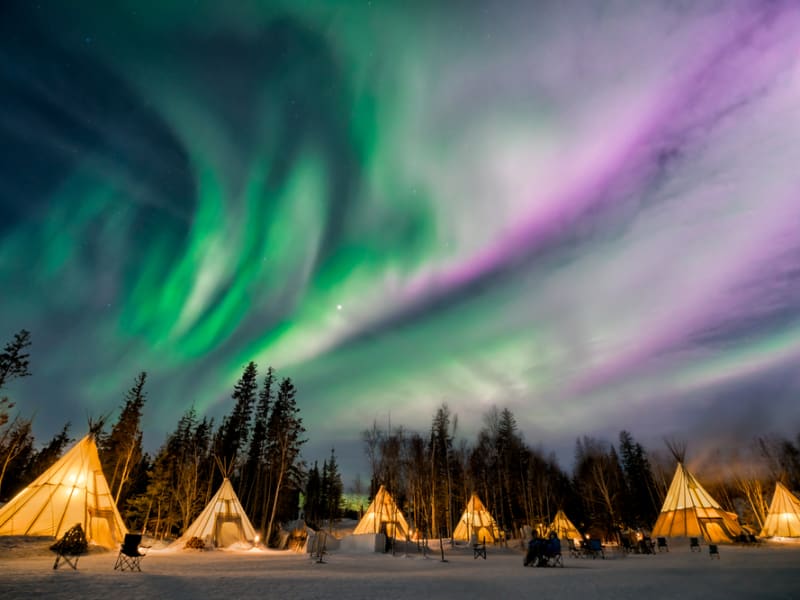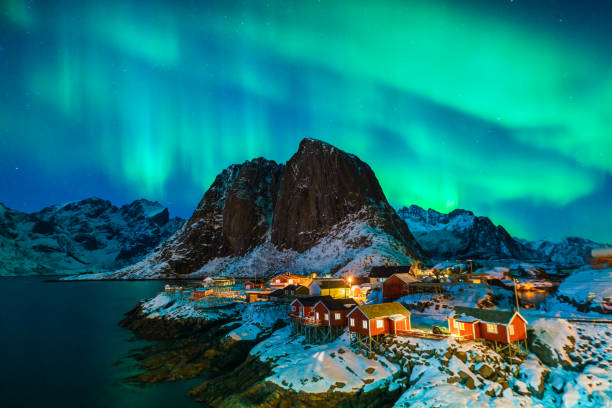Tromso Norway


Lapland Sweden


Reykjavrk Iceland


What are Northen Lights?
Northern lights, also known as aurora borealis, are an interaction between Earth's magnetic field and charged particles emitted by the sun. The sun has its own solar wind that sends out charged particles. These particles then spiral around Earth's magnetic fields. When they hit atoms in our atmosphere, electrons in those atoms are excited to a higher energy level. The electrons then settle back down to their normal energy level and, in the process, release light. We see that light as aurora. They can be different colors, depending on what atoms are being excited. Yellow and green light will be from the electrons in oxygen atoms being excited and purple, blues and reds are from nitrogen.
Best time to visit Northen Lights
- Tromso Norway
The best time to see the Northern Lights in Tromso is from mid September to April. You may get lucky and see auroras even at the very end of August or mid April. But if you want to increase your chances, it's probably best to come between October and March. - Lapland Sweden
The best time to see the Northern lights in Swedish Lapland is between September and March – although we have seen them as early as late-August. Even though the light phenomenon occurs around the clock, it is only visible from Earth when the skies are dark and the ideal time of the day is between 9 pm and 2 am. - Reykjavrk Iceland
The best time to see the aurora borealis in Iceland comes down to 2 factors: time of year and time of day. The best months are between October and March. The best time of day would be the hours around midnight.
Which place do you like the most?
Get your discount now ☝
Coded by Anxhela Gaco